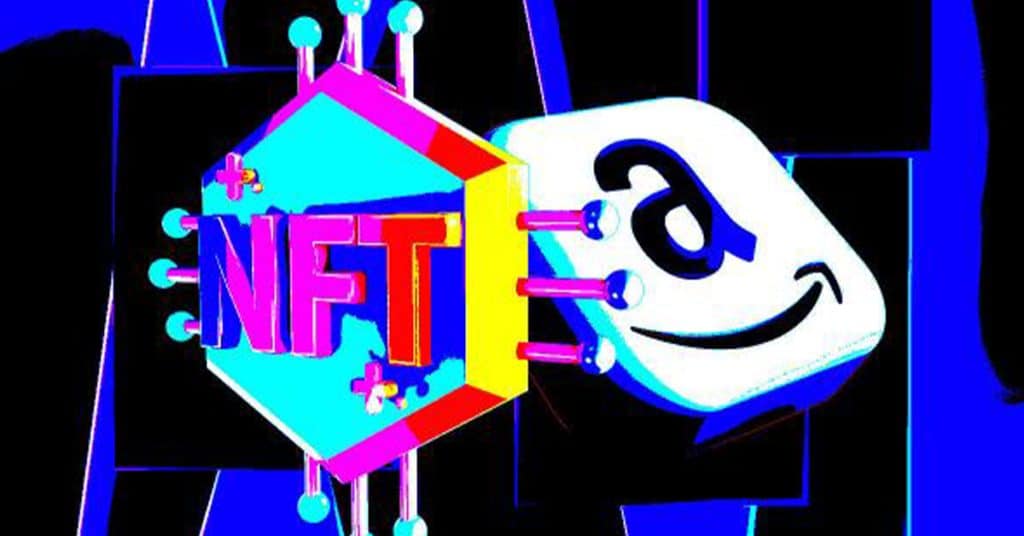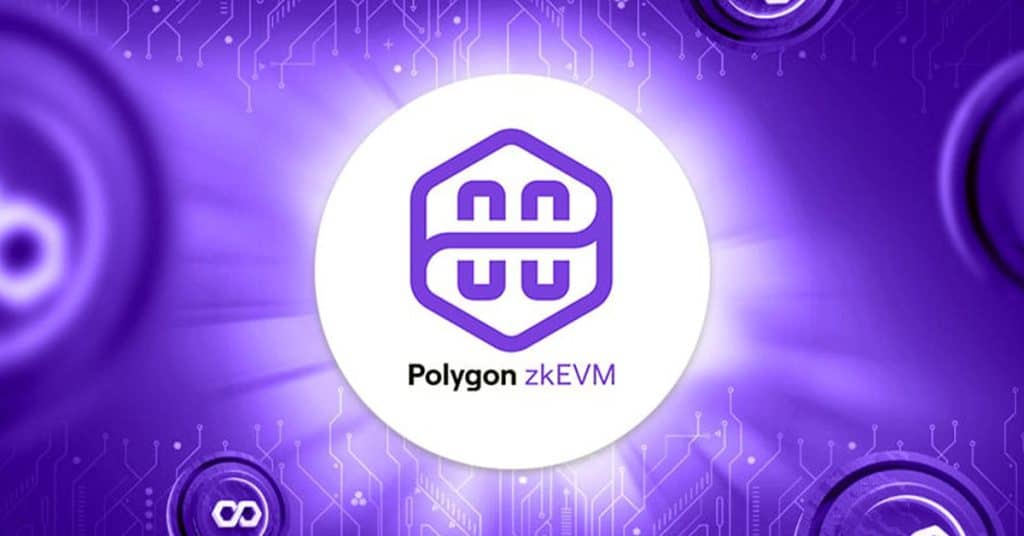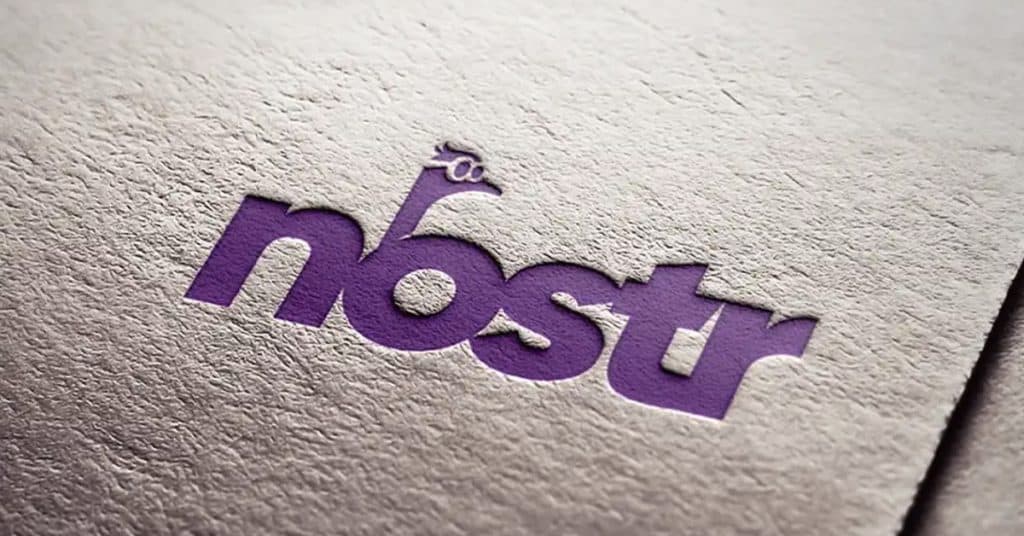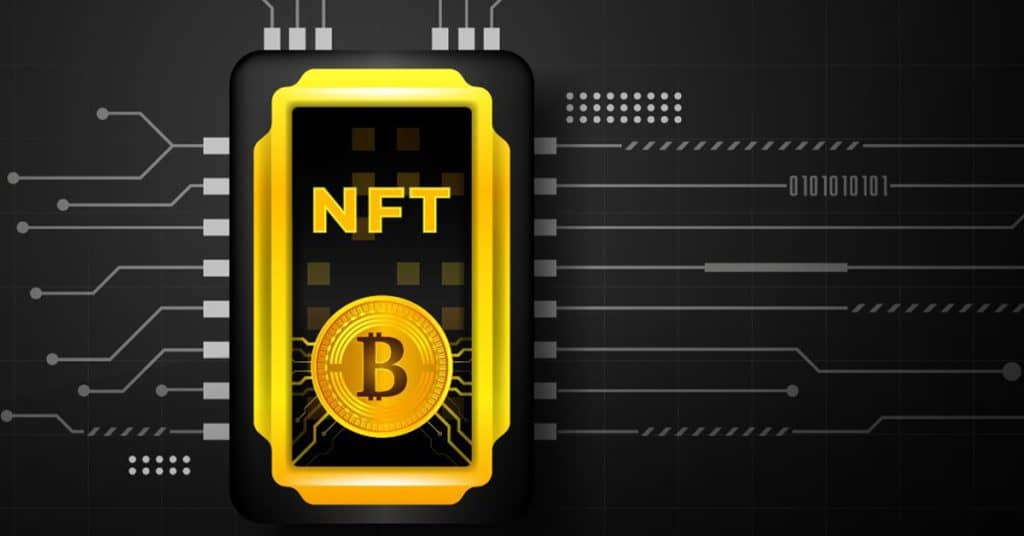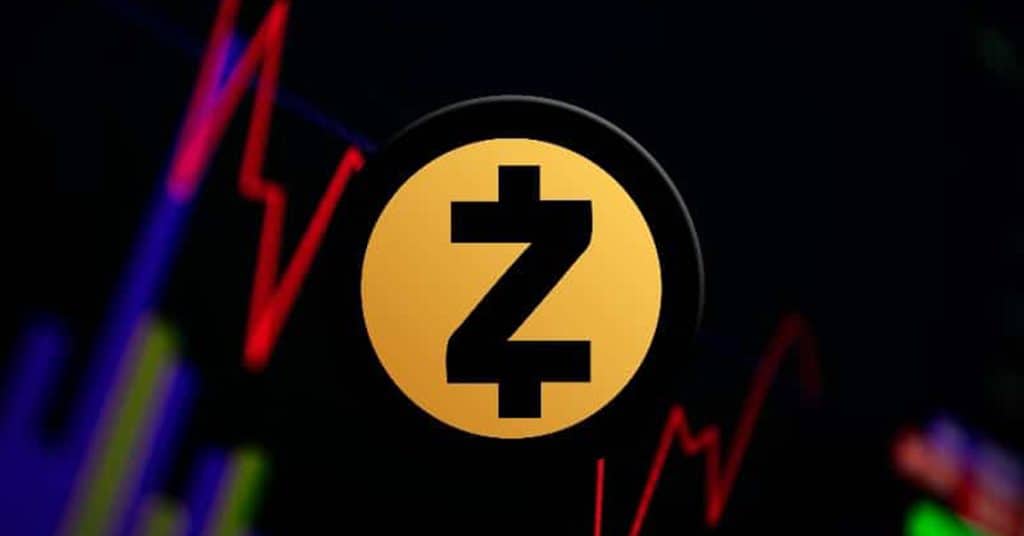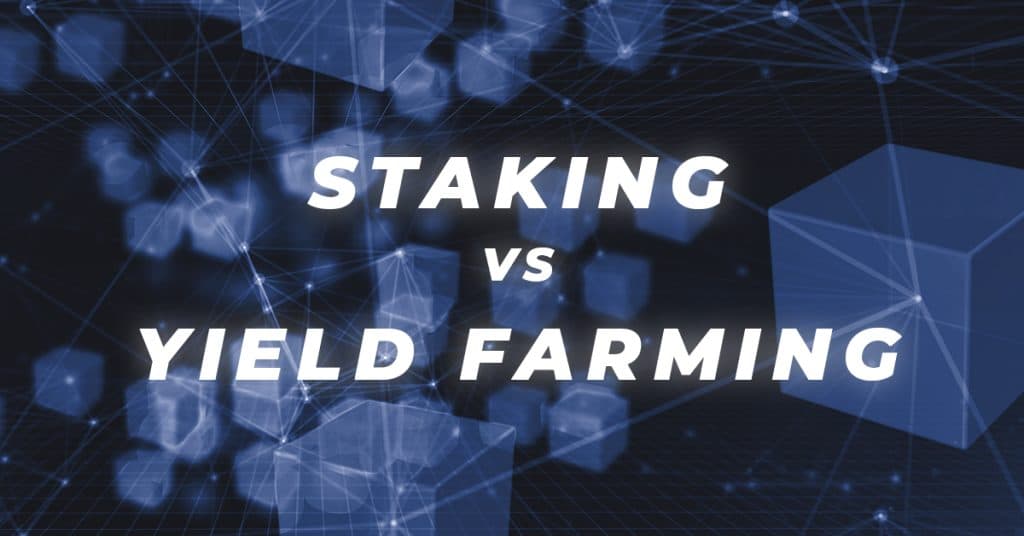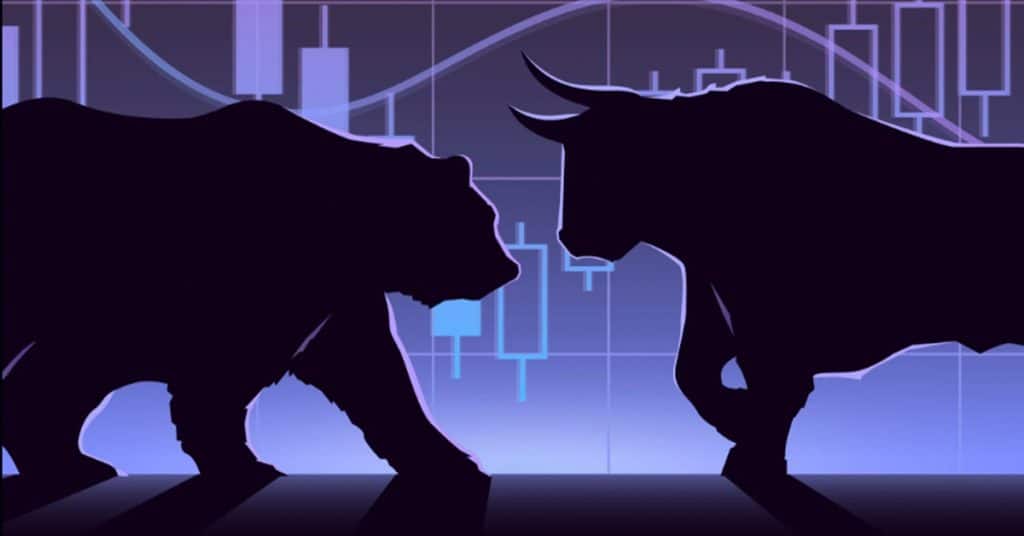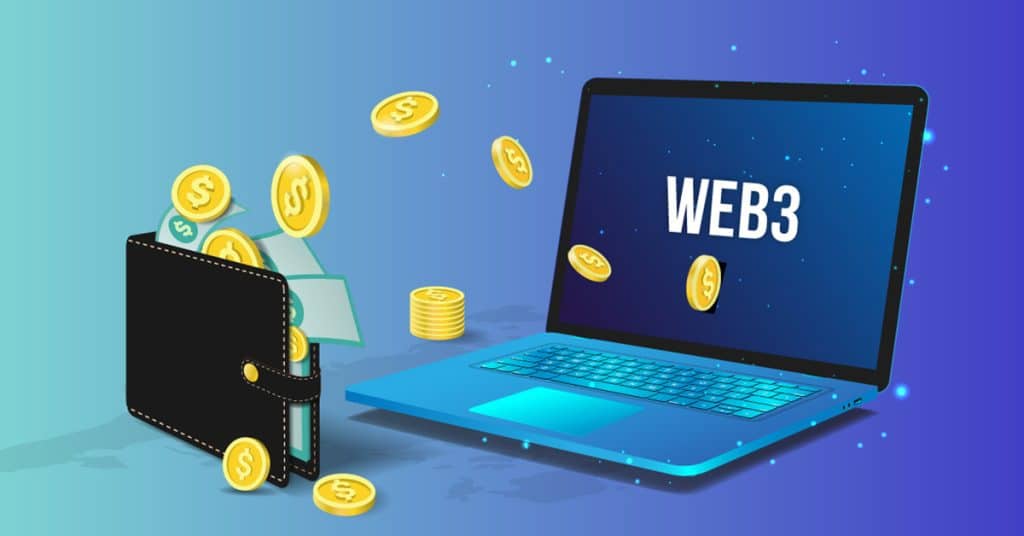How Do Stablecoins Make Money?
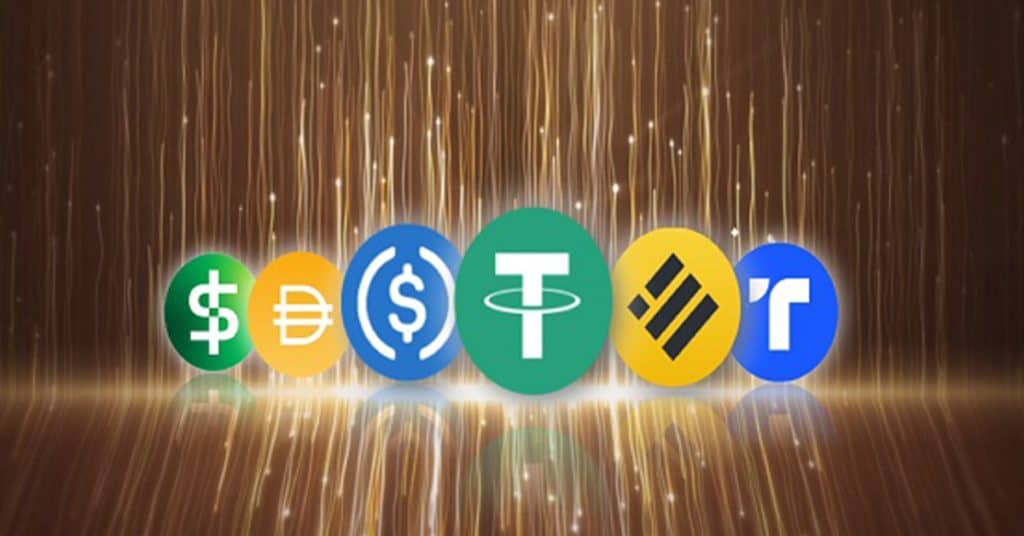
Stablecoins are one of the most used type of crypto assets, with three stablecoins in the top 10 of cryptocurrencies by market cap. Crypto traders take profit in stablecoins, and for remittances they are extremely fast and cheap. Regulators as well tend to be positive towards stablecoins, sometimes considering them a part of the future financial system. But who is on the 'other side of the trade'? In other words, what is stable coin issuers' business model? How do stablecoins make money? That depends on the type of stablecoin.
Stablecoins can be divided into three main camps.
- Centralized stablecoins that hold fiat collateral off-chain
- Decentralized stablecoins that hold crypto collateral on-chain
- Algorithmic stablecoins without collateral but a volatility coin to maintain the peg
| Type of stablecoin | Example | Backing | How does it make money? |
| Centralized, fiat collateralized | USDT, USDC, BUSD | Each stablecoin is backed one-on-one by a dollar or euro, off-chain | Lending on the money market, fees |
| Decentralized, crypto collateralized | DAI | Over-collateralized by other crypto assets, on-chain | Interest on borrower's stablecoins, fees |
| Algorithmic, non-collateralized | USDD, (former) UST | Volatility coin | Arbitrage of peg difference |
Centralized Stablecoins Make Money (Mostly) by Lending
Centralized stablecoins are called centralized because they have a company behind them, with a board of directors and all. The company operates somewhat like a money market fund (more on that below). The assets that back the stablecoins the company issues are held on the balance sheet or through third parties like banks.

